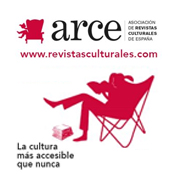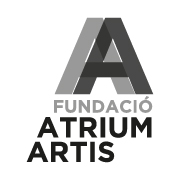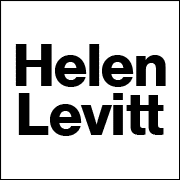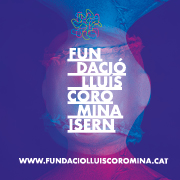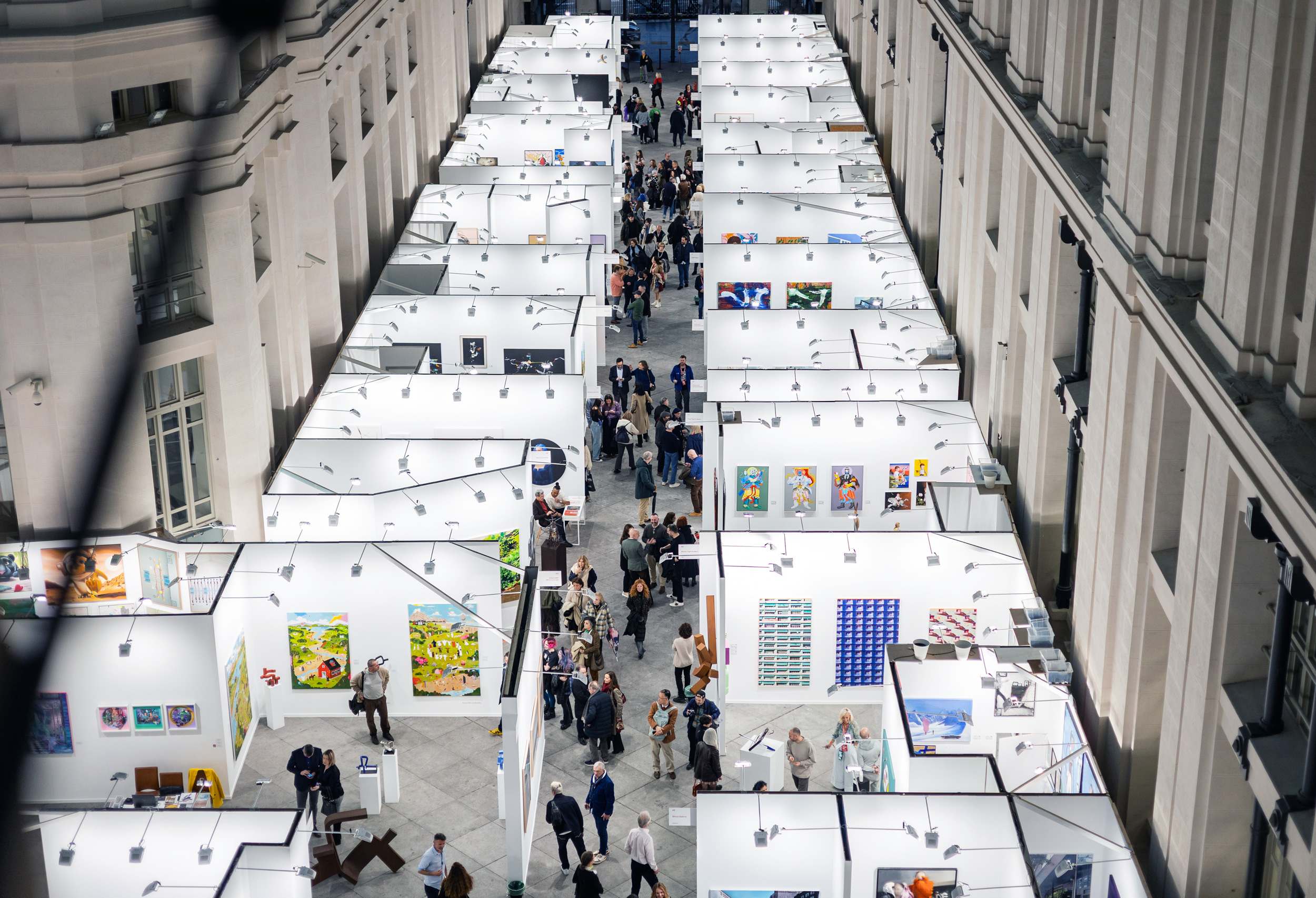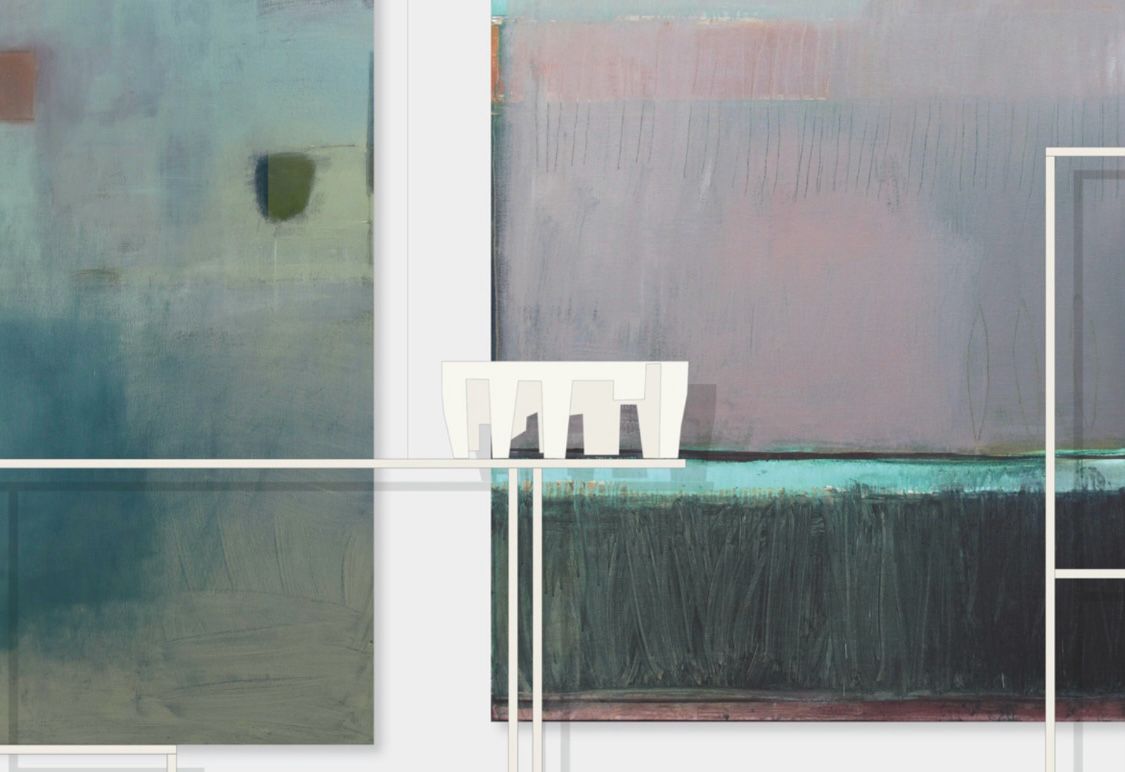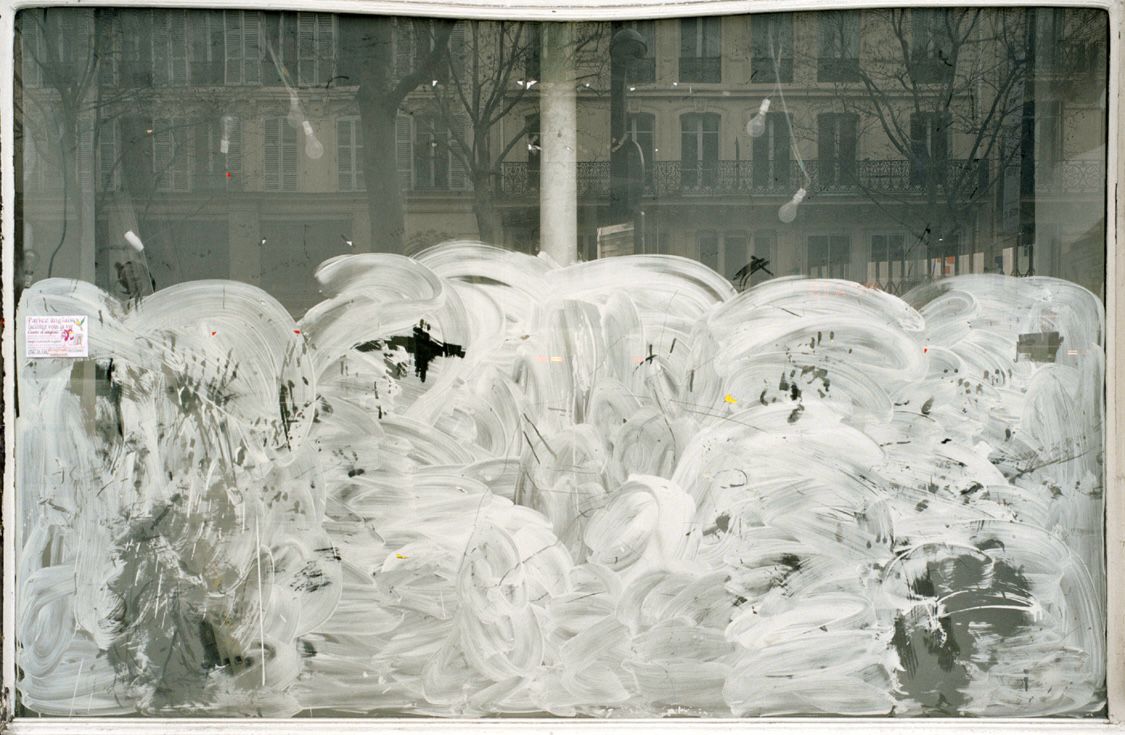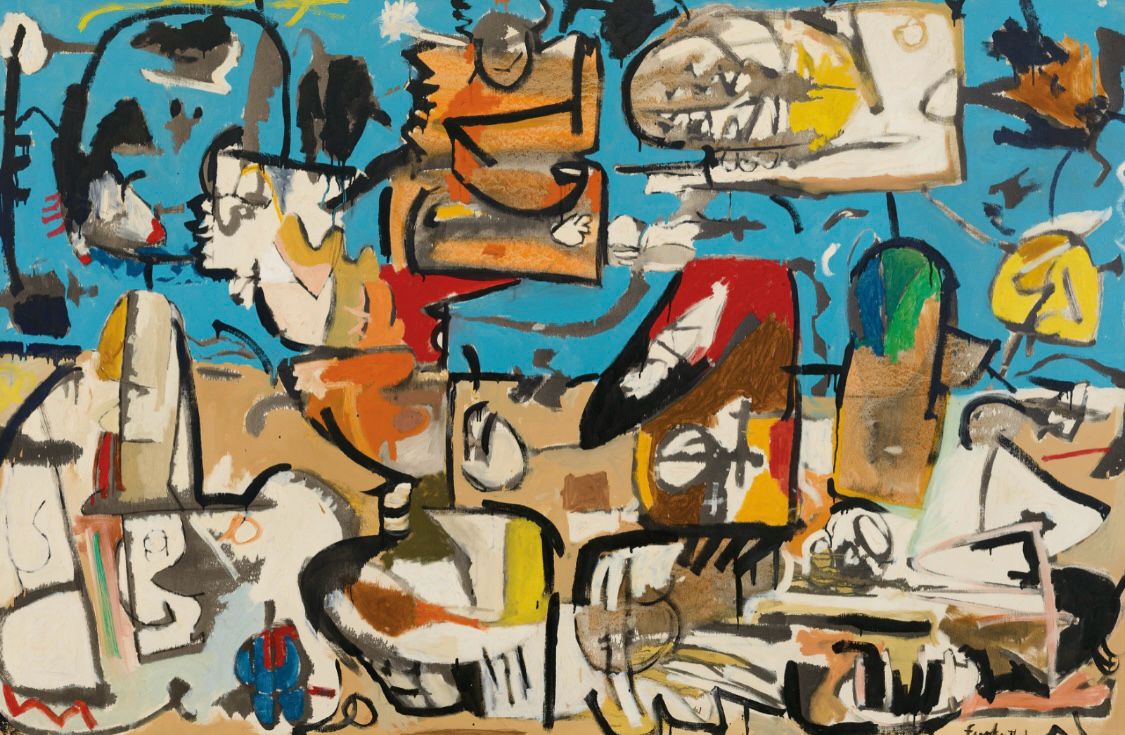News
Parvine Curie: first mother
The MNAC enriches its collection with a donation that reinforces the legacy of contemporary sculpture.
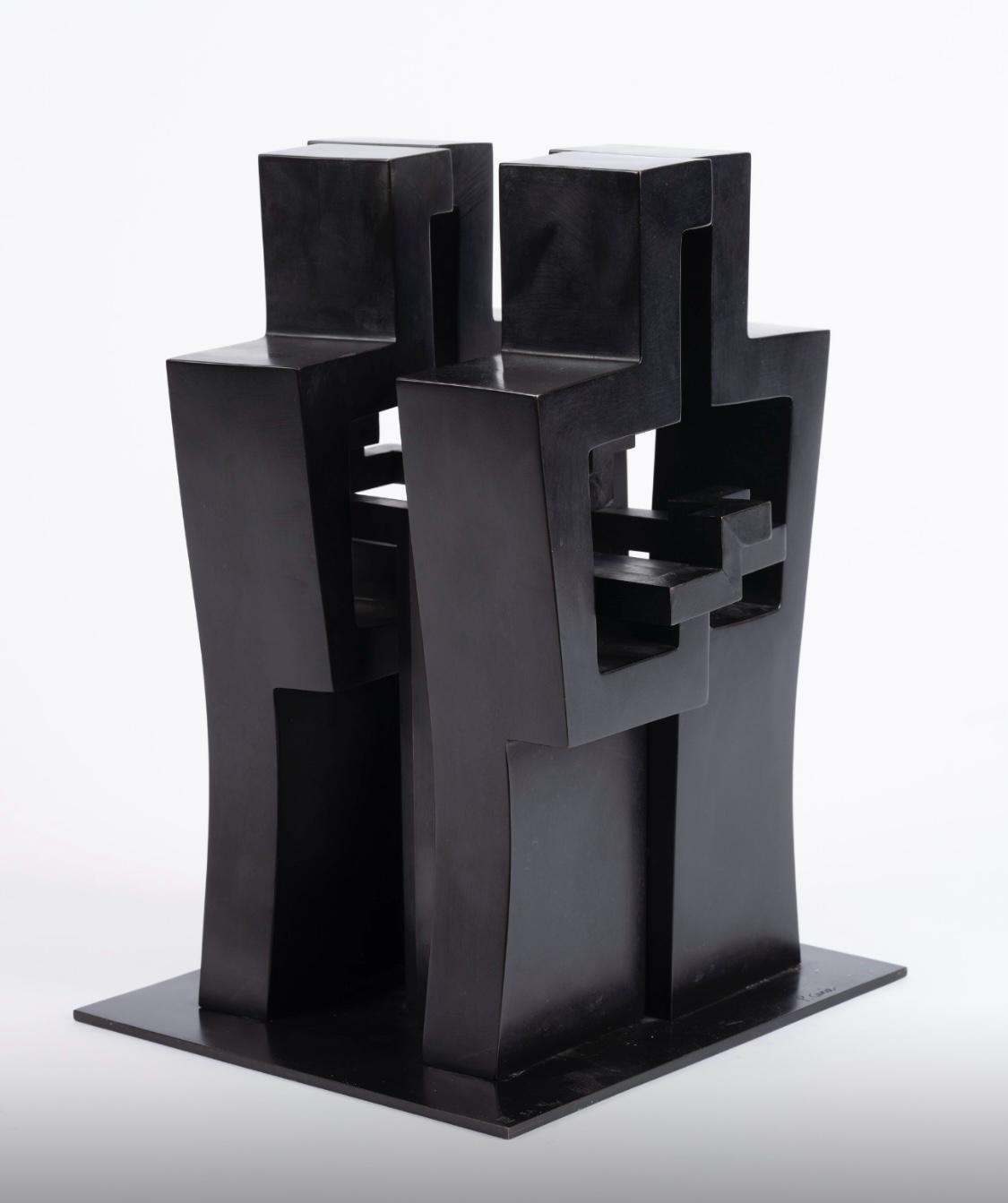
Première mère, a piece by the artist Parvine Curie , is now part of the MNAC collection thanks to the donation of collector Antonio Sagnier, a key contribution to the collection of post-war and second avant-garde Catalan art, a field that continues to consolidate with pieces that tell stories and trajectories like Curie's.
The sculpture, created between 1969 and 1970, is a bronze work that perfectly reflects the artist's mature style. In line with the formal research of Oteiza, Chillida and Barbara Hepworth, Curie explores the relationship between volume and emptiness, solidity and internal space. But beyond the geometric research, there is a very powerful symbolic dimension: its architectural forms evoke maternity, with structures that recall houses or fortresses that protect their interior. This concept of refuge and protection has been a constant in her work.
Parvine Curie, born in Nancy in 1936 and of Iranian origin, lived a fundamental stage of her career in Catalonia, where she arrived in 1956. In fact, in her early days she signed as Arlette Martí, a name that she would eventually abandon to adopt the pseudonym by which she is currently recognized. Her relationship with the territory began with a fascination for Romanesque art, which led her to travel around Catalonia and settle in Barcelona. She had her first workshop at the Casa de les Punxes and later another in front of Santa Maria del Mar. In those years, photographers such as Xavier Miserachs or Colita immortalized her in images that transmit a spirit of freedom and experimentation, especially in her creations of ceramic masks and sculptures made with found materials.
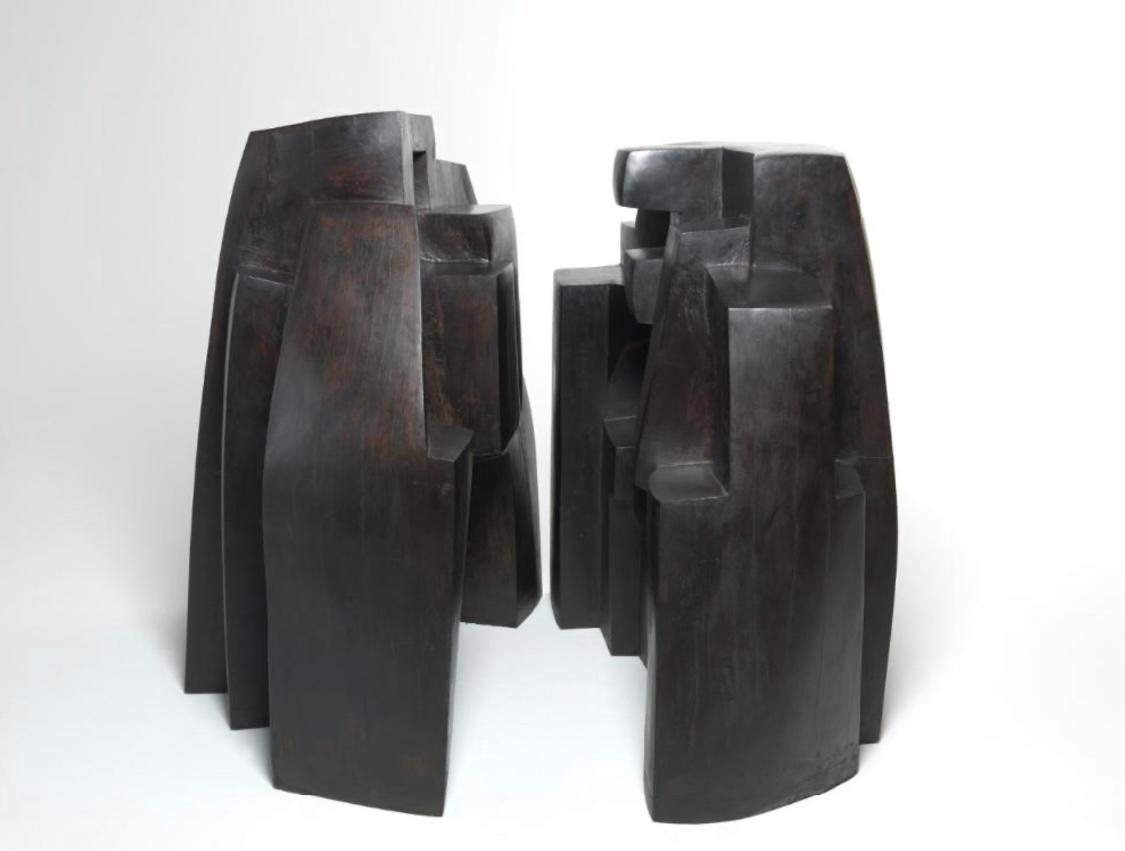 Mère-Matmata, Parvine Curie (1975 - 1977). Centre Pompidou
Mère-Matmata, Parvine Curie (1975 - 1977). Centre Pompidou
In 1969, Parvine Curie moved to Paris, where her artistic career expanded and she gained international recognition. Despite this, she never stopped maintaining her ties with Catalonia. From the sixties onwards, he spent his summers in Cadaqués, where the architect Lanfranco Bombelli designed a workshop for him and where his son, David Martí (1960-2007), poet and artist, became an emblematic figure of the bohemia of the Empordà people.
Curie's work has been the subject of several exhibitions in Catalonia, such as the 1999 exhibition at the Pedralbes Monastery and the Maeght Gallery. Recently, the MNAC has incorporated several of her works, including a series of ceramic sculptures and drawings from her early stage. In addition, her work has been present in exhibitions such as Maternasis (2022) and Quina humanitat? (2023).
On an international scale, her production has also received great recognition, with its incorporation into the permanent collection of the Centre Pompidou and participation in the exhibition Elles font l'abstraction. Now, with Première mère forming part of the museum's heritage, Parvine Curie's work adds a new chapter in its close relationship with Catalonia.
 Mère, Parvine Curie (1959). MNAC
Mère, Parvine Curie (1959). MNAC

